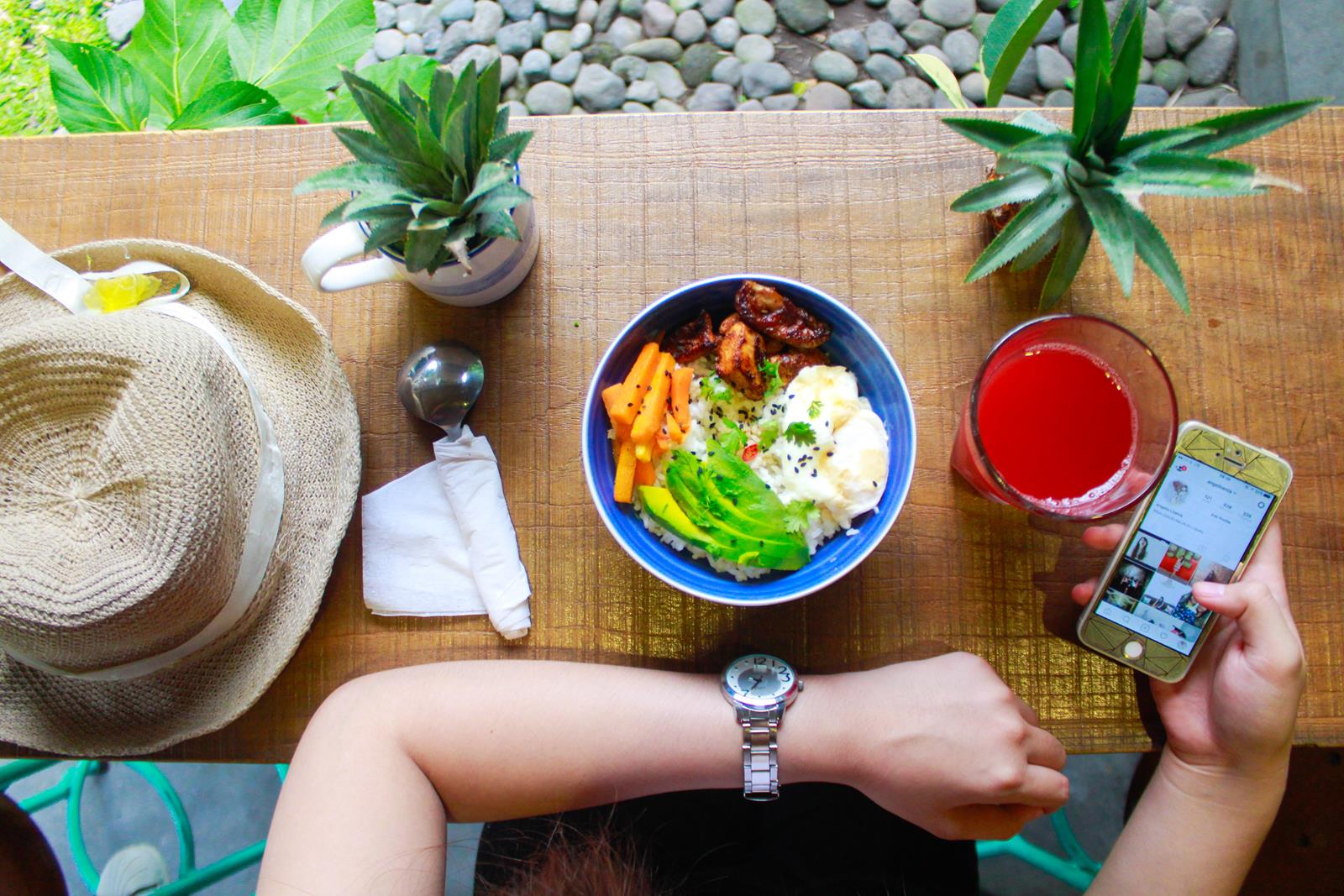Lifestyle is a general description of the way people live, their routines and habits. This includes patterns of activity, interaction, eating, work, socialize and interests which describe the way a person uses their time. The following are key components of lifestyle. These components can change over time for different people and come under different names.
Lifestyle means what you do and don’t do. A major element of lifestyle is your social media or networking online and offline. Social media can refer to websites such as Facebook, MySpace, Twitter and LinkedIn. These sites are used by the public and provide a platform for people to socialize with each other. Lifestyle can also be described by the frequency of one’s consumption of coffee, alcohol or any drug use.
The idea of having a lifestyle is tied in with theories of cultural theory and the self concept. According to cultural theory, there is a central relationship between the life-styles of individuals, their parents and their culture. Adorno defined three life-styles: the public conscious, private compulsion and the unconscious cultural style.
In today’s world, the mass culture is associated with the mass media, which dominates almost every aspect of daily life. Adorno argued that people were not able to connect with each other because their life-styles were dictated by the mass culture. Mass culture was a social construction that formed and manipulated the values, attitudes, beliefs and habits of the people.
Adorno believed that to understand human life styles, it is important to examine their relationship with the structures of power and authority. For example, his theory of stili di vita describes how an individual relates to the symbols of authority. The power of the state determines what the stili di vita means. An agency that represents the individual in question establishes the meaning of the stili di vita through its representation of the individual’s identity.
Lifestyle choices are determined by the need for recognition and approval. In this sense, Adorno believes that the definition of a lifestyle can be understood on two different levels. The one can be the definition of a personal lifestyle that an individual chooses on their own. Whereas, the other level is the level of a cultural or national lifestyle that is determined by forces outside of an individual’s power to choose.
Weber’s notion of the word lifestyle was developed to help people make sense of their differences as they strove to make sense of their commonality as a group. Weber distinguished four types of lifestyles: classical, rational, ritual and Romantic. Weber claimed that the modern lifestyle of the twenty-first century is essentially a revision of the classical type of lifestyle that occurred during the period of the Renaissance. Weber’s concept of the ideal lifestyle is one that is determined by an individual’s individualism, but that strives to maintain the traditions, values and social structures of past generations.
Weber’s idea of the ideal Lifestyle is distinctly different from that of other writers on the term. Other authors explain a Lifestyle by appealing to the need to conform to the desires and tastes of others. Weber appeals to a notion of individualism, yet maintains that the need to maintain certain customs and values as a way to maintain one’s individuality is essential to living. The concept of the ideal Lifestyle is left vague in the works of lesser writers on the stile di vita. It is only in works such as those of Jose Polo and Antonio Maleses that we come to understand the idea of a Lifestyle.
A variation of the idealistic concept of the ideal Lifestyle is the notion of consumption, which is related to the stile de vita. According to Menosar, consumption encompasses a wide range of life-styles that are all grounded on the assumption that people act and react according to their interests. Consumption is considered a factor that determines cultural differences, as different groups tend to value different things. Consumption also includes the idea of estivation, which is the reduction of costs associated with production and the promotion of individual freedom.
The concept of consumption and its relation to the stile de vita can be found in many works that address this issue. In his work R routledge identifies the reduction of costs associated with production as the essence of lifestyle. Routine activities such as reading, walking, cooking, eating and socializing become automatic, as they are performed for pleasure rather than for survival. The aim of such routine activities is to eliminate the need for work, and the purpose of a leisure activity is to produce and experience pleasure.
The concept of estilo de vida is directly associated with the stile de vita, but it differs from it in several aspects. The primary difference concerns the way in which humans live in relation to nature. In rural settings, the use of technology is extensively used to facilitate survival. These technologies include weapons, farming equipment, and other major technological apparatus. As a result, the environment becomes largely non-functional, as natural resources are depleted. Estilo de Vida is closely related to the philosophy of spontaneity, in which individuals create their own conditions and values, and the distribution of power is based on individual choices.
